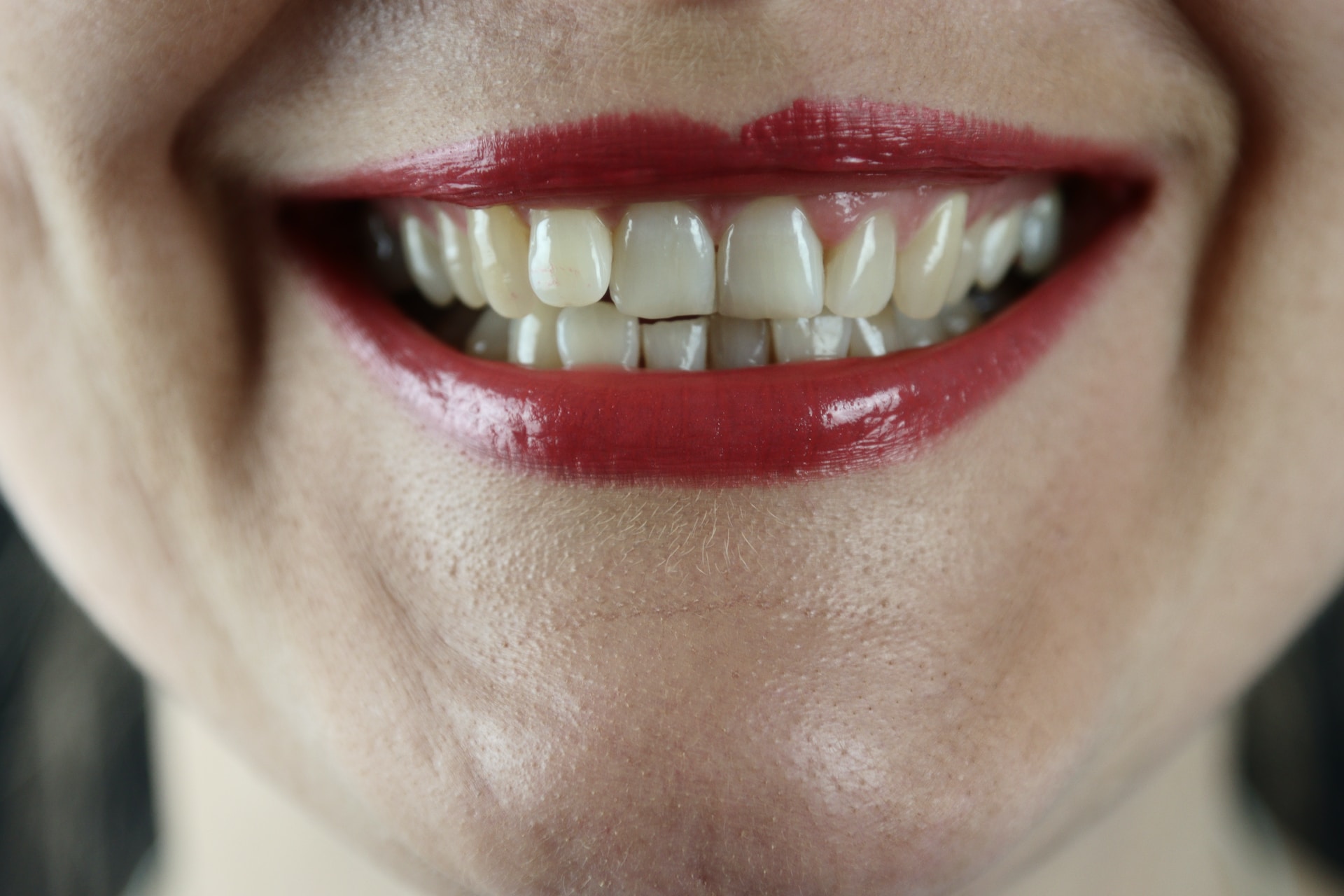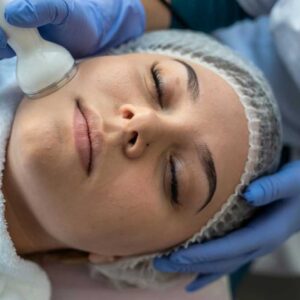Gums are crucial to our oral health. When they recede, the roots of our teeth can become exposed, leading to sensitivity and pain.
A grafting procedure can repair this defect and improve the overall oral health of your smile. It can also cover the exposed root, decrease sensitivity and restore good gum health.
What is a Connective Tissue Graft?
A Connective Tissue Graft (CTG) is a procedure that provides a resilient, highly esthetic, firmer and more comfortable covering of gum tissue over the root surface. It is commonly performed by a periodontist Austin to correct gum recession and reduce root sensitivity caused by gum loss.
It is often a less traumatic treatment than a free gingival graft and has the advantage of being virtually indistinguishable from your original tissues.
During a connective tissue graft, a thin piece of tissue is removed from the roof of your mouth and then re-implanted over the tooth’s root surfaces that need coverage. This process creates a strong, healthy band of attached gingiva that covers the exposed portion of the root surface and eliminates recession, sensitivity and the risk of further recession over time.
Depending on the type of tissue graft required, skin, bone, nerves, tendons, neurons, blood vessels, fat, and cornea are all commonly used. These grafts are done using a particular flap surgery, where a piece of tissue is removed from one area and re-attached to another.
How is a Connective Tissue Graft Done?
Tissue grafts, which come from various parts of your body, including bone, tendons, skin, nerves and heart valves, help repair damage in the body. They make reconstructive, reparative and replacement surgeries possible and help researchers conduct experiments to improve medicine.
Tissues can be harvested from living or dead donors. The tissue is then processed and shaped into a graft that can be placed on the recipient’s site of injury or damage.
The graft is then attached to the area of concern with surgical pins or screws. The procedure is completed under local or general anesthesia.
For a connective tissue graft to survive in the body, it needs to be nourished by blood vessels that connect with the recipient’s circulation. Now, scientists have uncovered strategies to help these connections form. This may improve the success of connective tissue graft Pflugerville as bone grafting, fat transplants and islet transplantation.
What is a Pedicle Graft?
A pedicle graft involves cutting a flap of tissue from your gums near the affected tooth. The flap is still attached to the surrounding gums on one side. Your dentist then slides this flap over the exposed root of the adjacent tooth, covering it with a layer of tissue. Then, it’s stitched into place. This procedure is less invasive than other periodontal treatments but can be very effective. It can also improve the aesthetics of your smile. This surgery can help prevent the onset of further gum recession and bone loss, which could lead to more severe problems later on.
What is an Alloderm Graft?
Alloderm is a simulated human dermal matrix that we often use to improve resilience, firmness and comfort (virtually indistinguishable from connective tissue grafts). The Alloderm graft is usually placed within a small “pouch” overlying the teeth being treated. This is done via a process that allows us to treat several teeth in one visit. A similar graft is typically done with connective tissue, but we have found the Alloderm graft to be a more reliable and predictable treatment than its more traditional counterpart.





